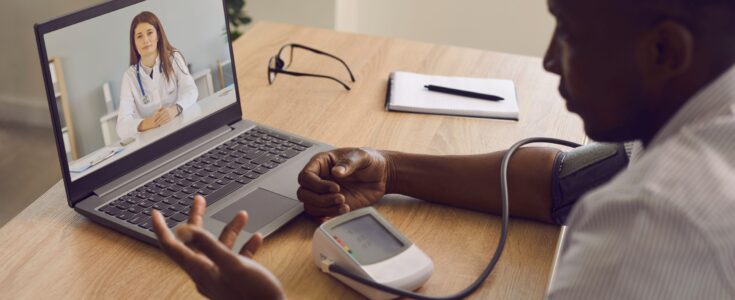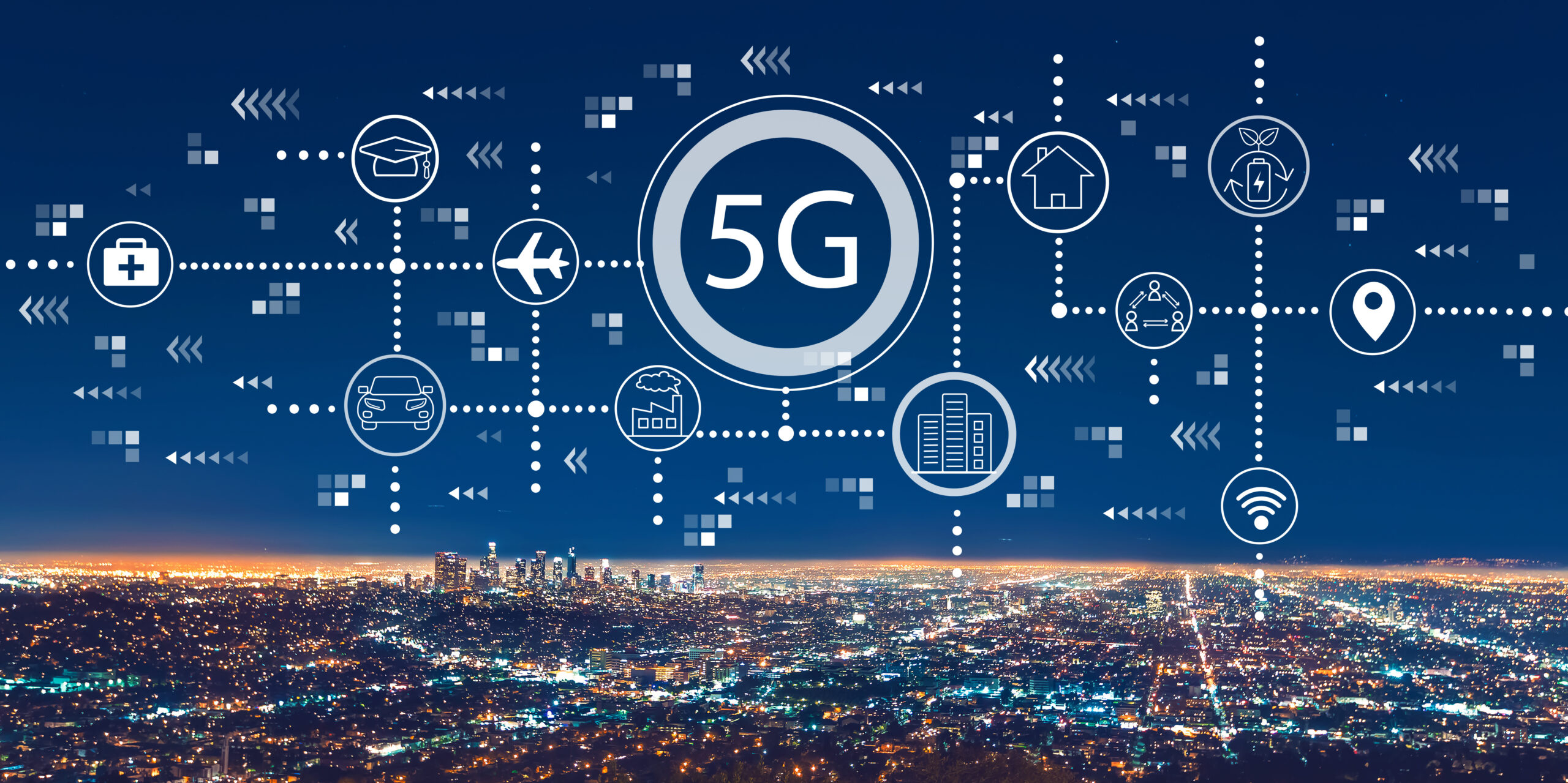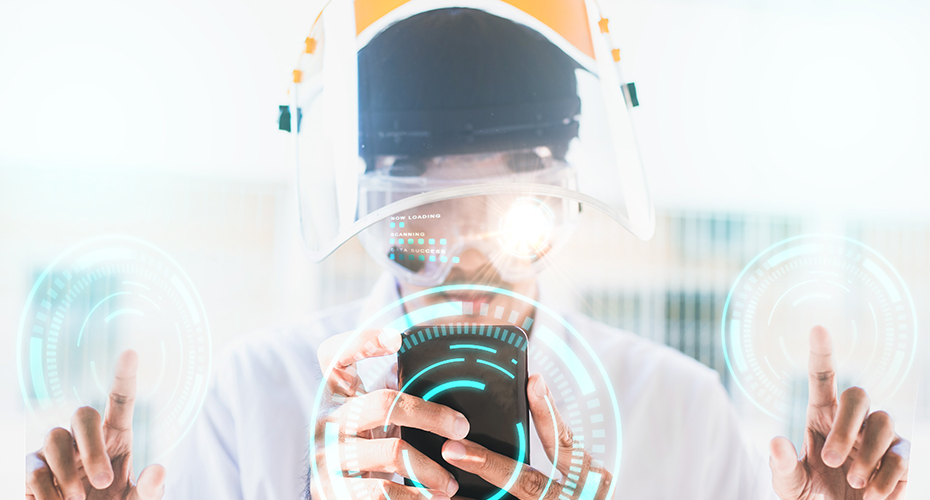
How IoT is Advancing Remote Patient Monitoring

Healthcare is no longer bound to brick-and-mortar facilities. Telehealth solutions like Remote Patient Monitoring (RPM) allows providers to capture vitals from the patients remotely. IoT-enabled devices have transformed RPM by enabling doctors to deliver long-term preventative and real-time care to patients with chronic conditions without them having to leave their homes. Not only has the integration of IoT into RPM improved care outcomes, but it has also helped improve patient engagement and satisfaction levels. In this article, we’ll discuss the intersection of RPM and IoT, its use cases, benefits, and the future of telehealth.
Remote Patient Monitoring
RPM gives a healthcare practitioner a real-time and accurate view of patient health. This can help providers proactively respond to situations of emergencies, pain, or aggravation of symptoms before the condition of a patient worsens. In turn, this provides the following benefits:
- Improves health outcomes
- Reduces readmissions
- Minimizes the cost of care
- Optimizes staff efficiency
- Enables self-care
- Increases patient engagement
RPM can be used for a variety of health conditions such as diabetes, pediatrics, prenatal care, hypertension, and post-surgery care. Medical devices can be used by patients at home for monitoring such as a blood pressure cuff for hypertension, a pulse oximeter for blood oxygen monitoring, a glucometer for glucose levels, ECG for heart patients, and activity trackers. Once these devices are installed or affixed to a patient, the health readings are automatically captured. The readings are then directed to providers who can check for health trends, changes in conditions, and can even be notified when the condition of a patient is likely to worsen with risk alerts.
RPM devices have been available for a while now, but their entry into the healthcare system only recently gained attention with the onset of the COVID pandemic, reinforcing the importance of real-time care for patients. COVID has killed more people in America than in World War I and most of these patients could have been saved with proactive care. While the infection did not require any special medicines, delivering them on time was the only method of saving these people. Through the different waves of the virus, the need for proactive care was realized and thus, more patients were saved. COVID was just one condition. RPM can help in many more such conditions and save many lives with proactive care and intervention.
The role of IoT in RPM
After FDA cleared an electrocardiogram wearable device and KardiaMobile for detecting atrial fibrillation and sinus in 2019, it became easier for providers to monitor their patients. It also created more opportunities to connect providers with their patients in real-time with IoT and AI-powered solutions. IoT devices give Medicare benefits to patients and service delivery advantages to different kinds of providers including doctors, therapists, hospitals, and other health practitioners in dealing with patients who suffer from chronic or critical diseases or are in delicate conditions post major surgeries.
Today, IoT is a big support for RPM as it offers a network that connects remote devices like smartwatches, wearable patches, handheld devices, or biostickers to enable real-time sharing of information between patients and providers. One of the most common uses of these devices in RPM is monitoring heart conditions of cardiac patients through in-home ECG machines. An ECG sensor is provided to a patient for monitoring and a gateway is installed in the patient’s mobile or a personal digital assistant (PDA) as a standalone device at home that captures and sends the collected data to a remote server.
At this point, the data is analyzed and annotated to produce a diagnostic report that is further forwarded to a point-of-care device that serves the diagnostic report to a doctor. Such a wearable device connected with the healthcare systems on the cloud not only eliminates the need for invasive testing of the patient, but also provides real-time insights about the patient’s condition to the provider. This supports proactive actions in the case of complications or deterioration in health.
Major areas where RPM has been found useful are in the treatment of chronic problems like:
- Diabetes
- Cardiac patients
- Post-surgery patients
Biosensors are now also used by type 2 diabetes patients who wear Bluetooth-enabled glucometers to track their glucose levels. With IoT networks, these readings can directly be shared with the care teams. Kaiser Permanente launched an RPM program for monitoring diabetes and hypertension patients this way and around 45,000 members in the US were a part of it. The program also helped doctors and nurses act proactively to cure patients during the COVID-19 pandemic.
OneTouch Reveal web app is a virtual care program that uses a cloud-based system that links patients with doctors. Flex meters are provided to patients to track their blood glucose levels. The readings are wirelessly transferred to doctors to support them in identifying high-risk patients and devising appropriate treatments.
Biostickers are continuous monitoring devices that can simply be stuck to a patient’s body to collect data on their temperature, heart rate, respiratory rate, and movement. BioIntelligsense’s Biosticker provides FDA class II grade clinical accuracy in data collection and has on-board storage. With it, patients can be assessed in multiple settings and monitored for a variety of problems that can be renal, maternal, orthopedic, infections, rehabilitation, infections, and so on.
Benefits of IoT in RPM
The benefit of using IoT for RPM has both clinical and non-clinical benefits. There are several clinical evidence of RPM programs succeeding with hospital-at-home interventions and post-surgery care by providers. Here is a list of clinical benefits of RPM:
- Helps a patient adhere to a care plan with alerts, updates, and recommendations which improve health outcomes
- Eliminates the risk of spreading infections as patients don’t have to travel but are diagnosed remotely most times
- Connects patients with providers thereby making healthcare easy and comforting for patients
- With tools to assist in healthcare, patient engagement with the treatment plan is increased creating positive health outcomes
- Real-time information about the patient’s health condition helps providers plan the right interventions for treatments thereby increasing the chances of getting positive results
IoT-enabled wearables also help overcome some non-clinical challenges like socioeconomic hurdles, space shortages in hospitals, and transportation barriers, etc. Here is a list of non-clinical benefits of RPM for the healthcare sector:
- Efficiency of clinical staff improves with close real-time patient monitoring and reduced need for physical interventions for care delivery
- Patient no-shows are reduced with appointment reminders for remote visits
- Hospitals have reduced visits and can provide enhanced care beyond physical visits to the hospital
- The staff efficiency is improved, and resource utilization is optimized.
- With IoT devices in Medicare, collecting and regulating information is simpler
The Future of IoT in RPM
Care has grown beyond the boundaries of hospitals and clinics which enables providers to give their patients better care. However, RPM is still not a norm in many places. In the near future, more devices are expected to become part of mainstream care and get FDA approvals to further improve healthcare. RPM is growing exponentially in its adoption, and it is expected that 30 million US patients will use it by 2024.
The advances in IoT devices used in healthcare have enhanced access to health treatments as well as improved care outcomes. The constraints of resources can no longer cause delays in treatments improving health outcomes. And with the higher engagement of patients, it is also easier for practitioners to provide proactive care.




